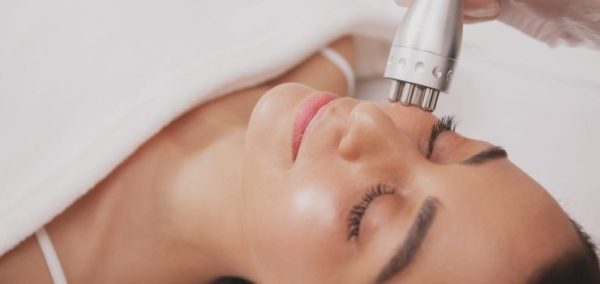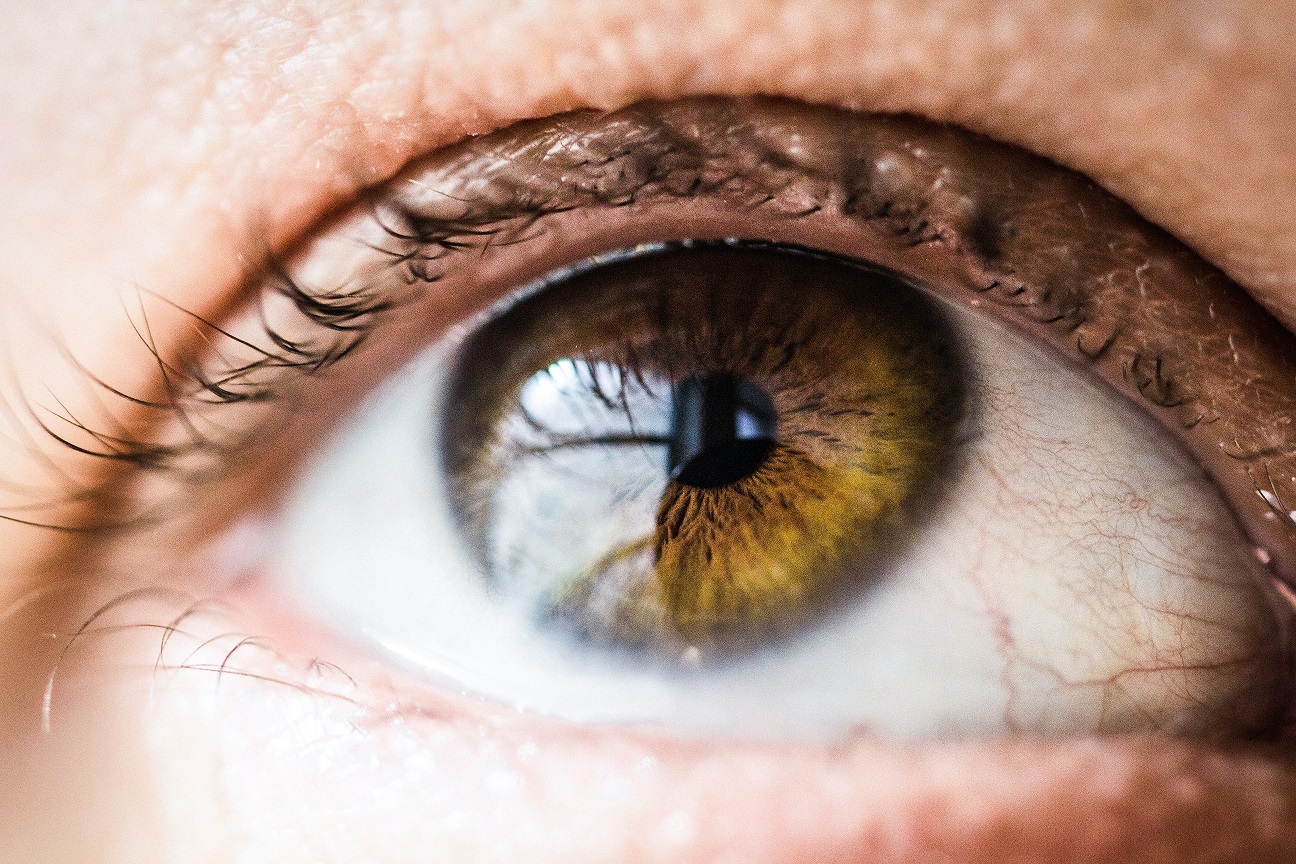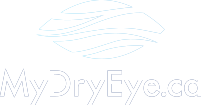Meibomian gland dysfunction (MGD) is a common type of dry eye and it causes evaporative dry eye disease. Evaporative dry eye disease means there isn’t enough oil being produced in your tear film and as a result, your tears dry up at a quicker rate. It accounts for nearly 80% of dry eye disease.
Mild MGD treatments include at-home care such as eye drops and warm compresses. For moderate and advanced MGD this requires a multi-modal in-office approach and at-home maintenance.
Recently, optometrists are utilizing radiofrequency or RF in their office to treat dry eyes. This innovative treatment modality has given promising results to help reduce dry eye symptoms. An added bonus to radiofrequency is its ability to treat skin laxity and promote collagen growth. Let’s go over radiofrequency and its many benefits for your dry eyes and skin.
What is Radiofrequency?
Non-surgical radiofrequency has been used in dermatology and aesthetics since 2001 to minimize the appearance of fine lines and wrinkles. Radiofrequency works by safely distributing high frequency electrical current onto the tissue to produce heat. The generation of superficial and deep heat stimulates collagen production and skin regeneration for a more youthful appearance.
Video on Radiofrequency for Skin Treatment
Radiofrequency and Dry Eye
The application of radiofrequency serves a dual purpose for wrinkle reduction and in-office MGD treatment. MGD is associated with dry eye disease and the blockage of meibomian glands prevents secretion of oil into the tears.
Radiofrequency has the ability to provide uniform bulk heating at an optimal temperature to treat MGD. Heat delivered during the procedure melts the oil that is clogging the glands and consistent pressure from the application movement allows for easy simultaneous expression.
Video on Radiofrequency for MGD treatment
Radiofrequency Technology
Below are the two most common radiofrequency technologies in the aesthetic and dry eye field seen in your doctor’s offices.
Cynosure – TempSure Envi
- Delivers radiofrequency energy to delicate areas of ocular region
- Colour blind technology
- Uniform distribution of heat along treatment area
InMode – Forma- I
- Designed to treat eyelids and periorbital areas
- Thermal tissue remodelling technology
- Build-in temperature sensor for constant bulk heating
- Colour-blind technology
Radiofrequency Treatment Process
Your dry eye doctor or ocular hygienist will apply gel on the treatment area and massage back and forth along the eyelid area. The treatment zone will be treated for ~10-20 minutes and typically 3-4 treatments will be conducted depending on the equipment and clinician. Treatments are typically spaced 2 to 4 weeks apart.
Radiofrequency is a safe and non-invasive in-office procedure that allows you to return to daily activities right after the treatment. The applicator can be used on the upper and lower eyelids and there is no risk of hair removal or adverse skin reactions as sometimes seen with lasers.
Typical post-treatment responses are transient redness around the treatment area and mild swelling that lasts for a few hours. Afterwards, it’s generally recommended to moisturize and to avoid extra heat on the treatment area.
Radiofrequency as a Dry Eye Treatment and Ocular Aesthetic Treatment – Ask Your Doctor
If you are looking for an optometrist that has radiofrequency in their office, visit one of our MyDryEye clinics. They can evaluate if radiofrequency is the right dry eye treatment for you. Your doctor is fully equipped with the knowledge and treatment methods to provide the best care for your dry eyes so make sure to contact them today!









